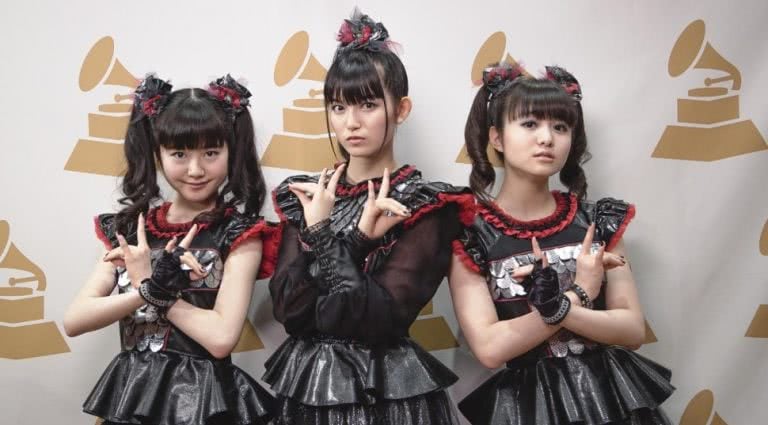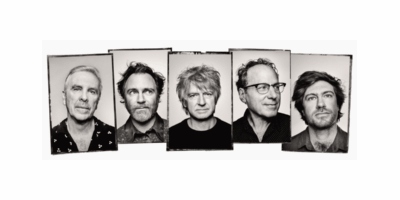There are the obvious ones you know – jazz, heavy metal, folk – but there’s also a lot of lesser-known music genres waiting to be discovered.
Tired of constantly listening to the same Spotify playlists, presumably with inane titles like ‘Bedroom Vibes for Sunday Afternoon’? There’s a lot more music out there that isn’t immediately shoved in your face by algorithms.
As the internet increased the availability of music, music critics fought for relevancy by trying to coin a new genre seemingly every week (looking at you, NME).
Over the decades various subgenres have emerged, ranging from the downright bizarre to the formally interesting. Some were born in retaliation to an already-established genre; others were happy accidents through sonic experimentation.
Artists themselves have even gotten in on the fun, with the genres they’ve founded then being taken up by fans and listeners.
While some subgenres have ultimately risen to the mainstream world – we’re talking grunge or shoegaze – many others have remained in the musical shadows, listened to only by devoted followers.
We thought some of these were ripe to be rediscovered and brought to wider attention. Below is our list of just 5 lesser-known musical genres that you might not have known existed. If you did though, well done!
Love Music?
Get your daily dose of metal, rock, indie, pop, and everything else in between.
Kawaii Metal
Also known as cute metal, blend heavy metal and J-pop together and you have this genre. A relatively new movement, it emerged in Japan in the last decade. Typical J-pop melodies are played over the heavy instrumentation of metal for a contrasting effect. The lyrics tend to be softer and less abrasive than is common for other metal music. Japanese trio Babymetal are credited with pioneering Kawaii metal and they’re something to behold.

Witch House
An electronic music subgenre infused with an obsession with witchcraft and the occult – does anything else need to be said? Beginning around the late 00’s, witch house experiments heavily with industrial noise and chopped-and-screwed rhythm. The sound is marked by repetitive elements and obscure samples and vocals. It’s the accompanying visuals were things really get interesting. Witch house artists incorporate horror aesthetics, with a particular focus on witchcraft and the occult. Intense following is rewarded with esoteric references, often based around the dark web. Simply put: the creepier, the better.

Lowercase
Lowercase is ambient music taken to its quiet extreme, first coined by the American sound and visual artist Steve Roden. On his formative album Forms of Paper, he handled various types of paper, first recording the basic sounds before amplifying, stretching, and affecting them until they could be classed as ambient electronic music. The name stemmed from the fact the quietness of the genre didn’t demand attention and had to be discovered carefully. It’s also seen somewhat as an antecedent to the wildly popular ASMR trend in videos.

Straight Edge Punk
Exactly what it says on the tin. This subculture emerged in opposition to the excesses of hardcore punk in the early 80’s. The term came from the 1981 song Straight Edge by the hardcore band Minor Threat. Its followers, of course, refrain from using alcohol or any recreational drugs. Some took it even further, following a strict vegan diet, not engaging in promiscuous sex, and even avoiding caffeine. Rather them than us. It’s not been without its detractors, with left-leaning traditional punks viewing it as pretentious self-righteousness.

Hypnagogic Pop
British journalist David Keenan came up with this one. Coined in an essay for The Wire in 2009 to describe a developing trend, it described bands who obsessed over the culture and iconography of the 80’s. They took the retro sounds of that decade and slowed them down, looped them, and generally affected them to create dreamlike soundscapes (hence the use of hypnagogic, which is the state one is in just before falling asleep). According to Keenan, it was a form of cultural nostalgia for outdated technology (we’re talking VHS and cassettes).
James Ferraro and Ariel Pink were some of the notable artists lumped into the genre. The genre was much-derided though, with Keenan receiving hate mail for his essay. Hypnagogic pop has since merged into vaporwave since the late 00’s.



































